For many years the gold standard for the replacement of molars has been to fit wide diameter implants. While the reasoning behind it is solid – wider implants seem to be more suitable for the restoration of a bigger teeth, the truth is that wider implants don't always offer the best solution for the patient.
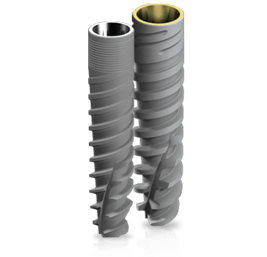
A large number of patients with missing molars often present themselves with bone deficiency at the missing molar site, and herein lies the problem. In many such cases it just isn't possible to fit a wide implant into the area due to insufficient bone width. The standard approach in these cases is to widen the bone by performing a lateral bone augmentation procedure. Yet, while this method is a well-trodden pathway that enables a wider implant to be used, it isn’t always as easy and as straightforward as it sounds.
What do we mean?
When a patient has a narrow ridge and a wide implant is considered, four factors need to be looked at:
- An additional surgical procedure, on top of the implant placement surgery.
- Extended treatment time - sometimes additional three or more months for augmented bone healing, before implant placement can occur.
- Potential complications - risks such as infection, exposure of the augmented material and more. And finally...
- Cost - as bone augmentation procedures are expensive, they are added to the overall cost of treatment.
Each one of these potential obstacles may be overcome simply by using narrow implants.
But that's not all... dentists need to remember that if they do not perform these type of bone augmentation procedures themselves, they will need to refer patients to other doctors. This means added inconvenience for the patient and of course... less business for the referring dentist. So, any alternative that is faster, reliable, and within the capabilities of the dentist, has to be of great value to the patient and dentist alike. This is where narrow or small diameter implants can help.
Expelling the myths surrounding narrow dental implants
Narrow dental implants have been recognized as a valid and accepted treatment modality since the turn of the millennium and although they have been gaining popularity as a predictable and long lasting means of rehabilitating patients, many dentists are still hesitant to use them. The reason may lie in the fact that the term “Narrow implants” itself has a somewhat negative connotation, suggesting that these implants are somewhat weaker than “regular” implants. However, the truth is, that multiple articles published within the last years prove that restorations held by narrow implants - even in the molar area - present excellent long-term success rates.
For example: in this 8 year study a total of 510 narrow dental implants were observed in 237 patients and out of these, only 3 implants failed, giving an overall survival rate of 99.4%. In addition, further studies have also indicated that narrow implants (those implants with a diameter of less than 3.5mm) could also be used to good effect for molar replacement in cases of moderate horizontal bone loss. These studies indicate that provided the implant is supplied by a company with a long history of successful use and the correct clinical procedures are followed, then Narrow implants are not only considerably stronger than one would imagine, but should also be the preferred choice.
How do narrow implants work in such cases?
Like natural molars which have larger crowns with several roots, it is possible to place two narrow implants side by side instead of one wide implant. The two narrow implants supports two premolar sized crowns, instead of one large crown as would be fabricated on a single wide implant. Placing the two narrow implants does not require bone augmentation, thus saving time and hassle for the patient.
How is it that current small diameter implants are so strong?
In the past, companies created narrow implants based on their existing implant designs. This approach was found to be problematic, as certain designs could not be fitted to smaller diameters while still maintaining both strength and durability. When this approach changed, and companies started designing narrow implants from scratch, they incorporated up-to-date mechanical concepts and designs to achieve strength and durability levels equivalent to that of standard implants. So there should be no surprise that current narrow implants demonstrate such high mechanical properties.
But what about the cost?
From a financial perspective, when calculating chair time and direct costs it is clear that the overall cost for the dentist is reduced when using the two narrow implant technique compared to the other alternatives. This cost difference can be transferred to the patients, who would also appreciate the saving. Let’s not forget that this option is also less invasive and faster and as a result, patients may be more prone to agree to “close the deal”.
So in conclusion...
Modern day narrow dental implants are stronger and longer lasting than their predecessors by design, allowing them to be used in a multitude of clinical scenarios. As such they allow a faster, reliable, and cost-effective solution, not only when considering molar replacement options, but also for whole host of other implant-based restorations. For further information on how our range of industry-leading, narrow dental implants can help, talk to our expert team at Adin Dental.






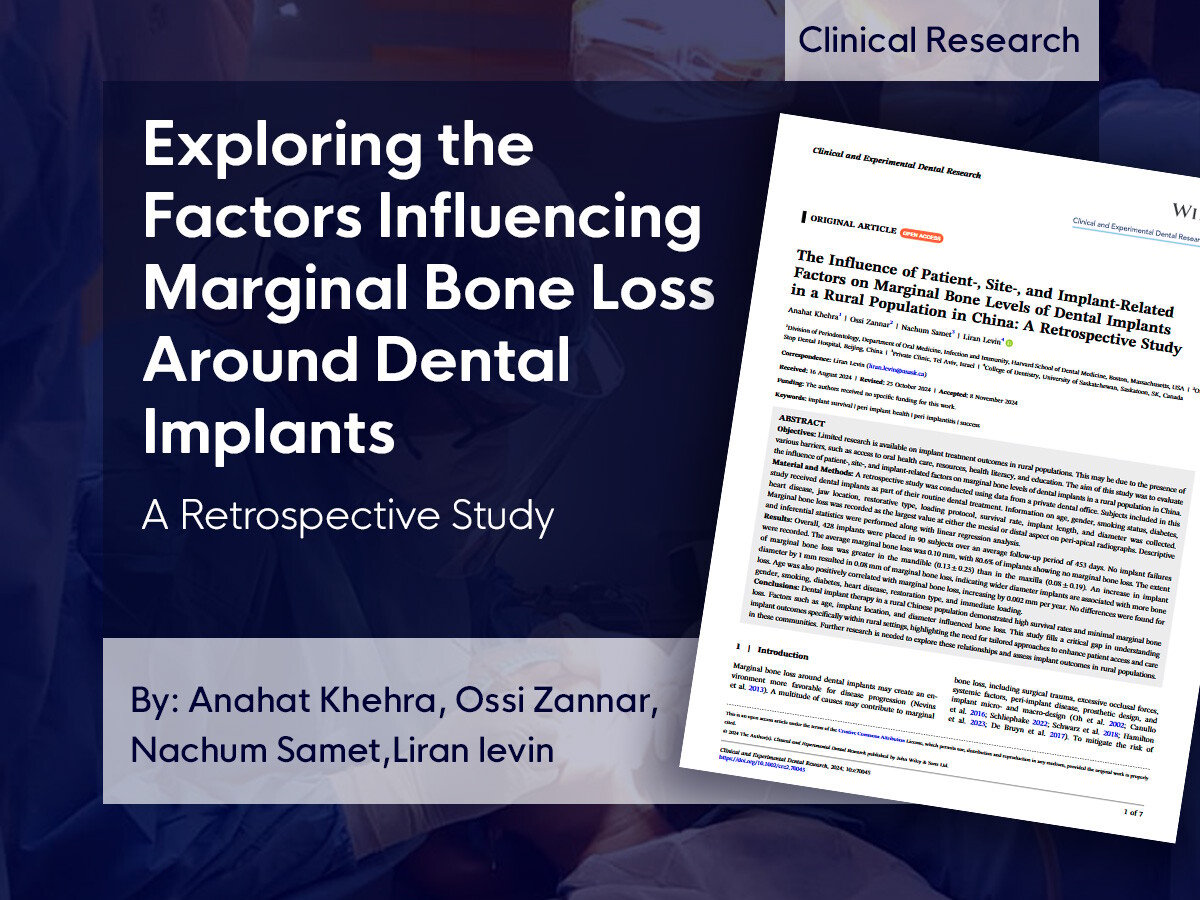
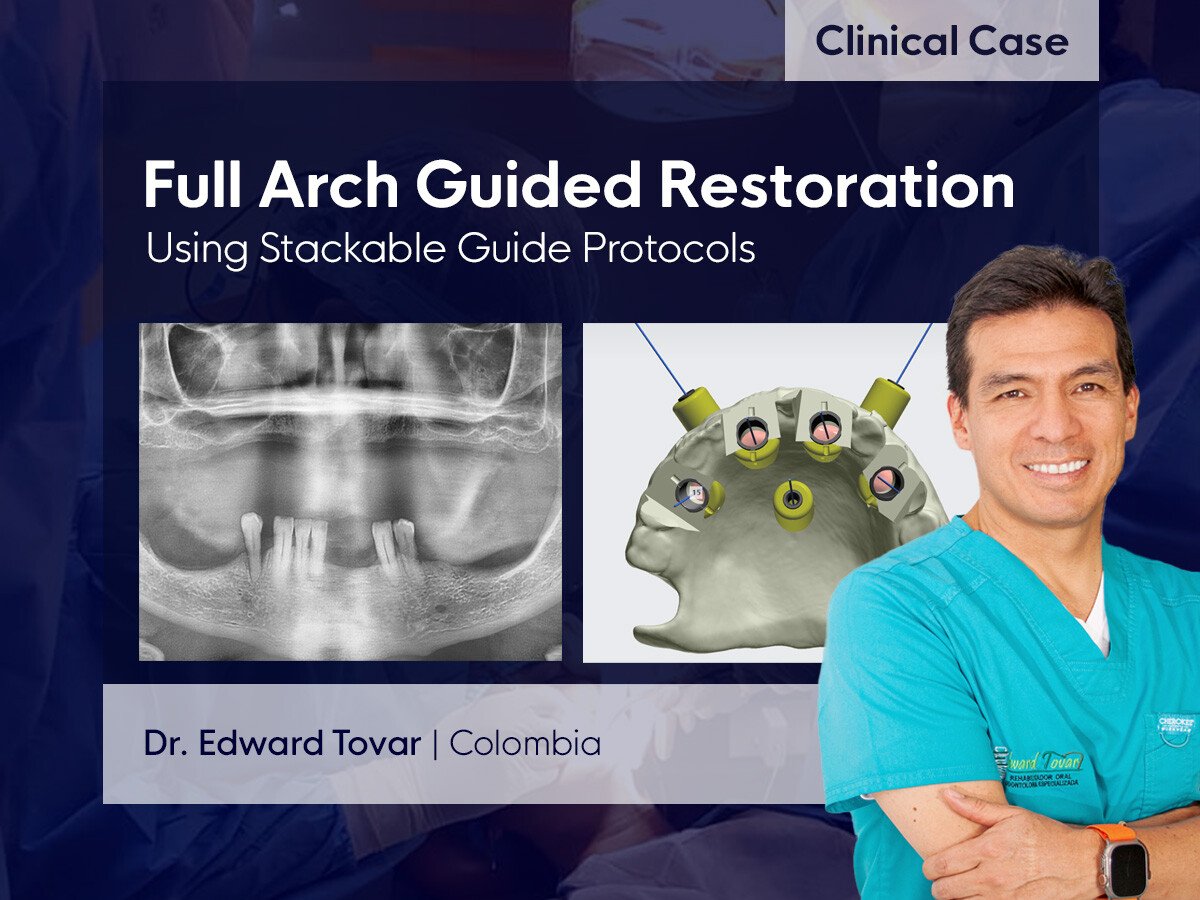



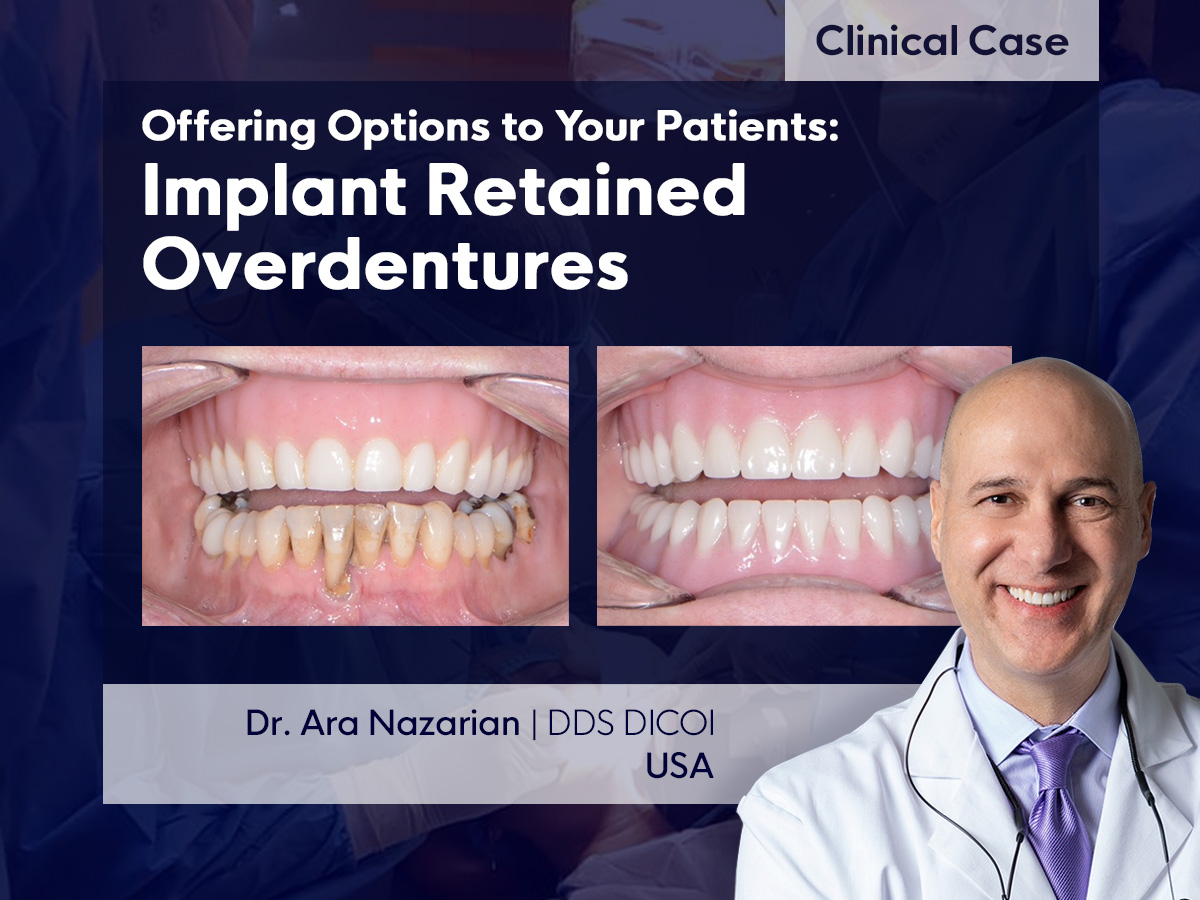
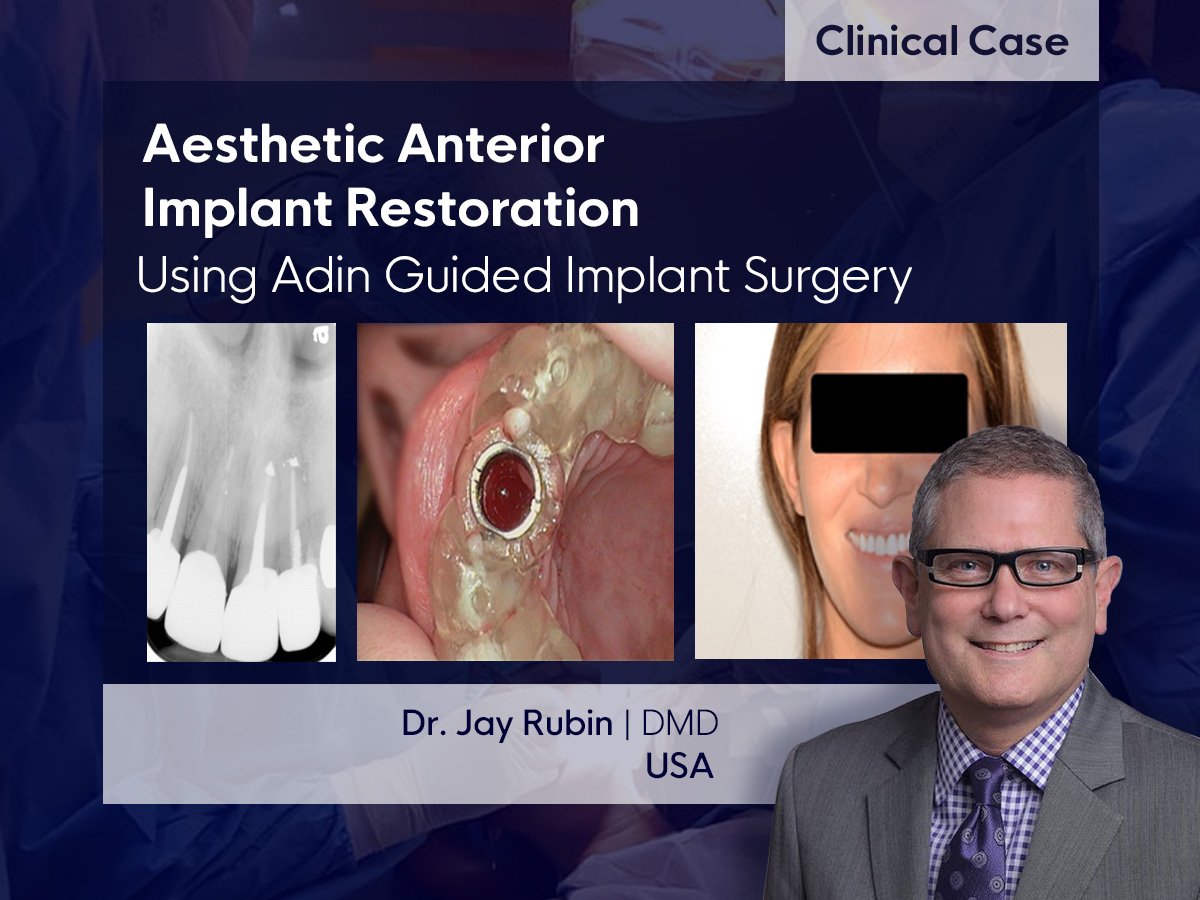

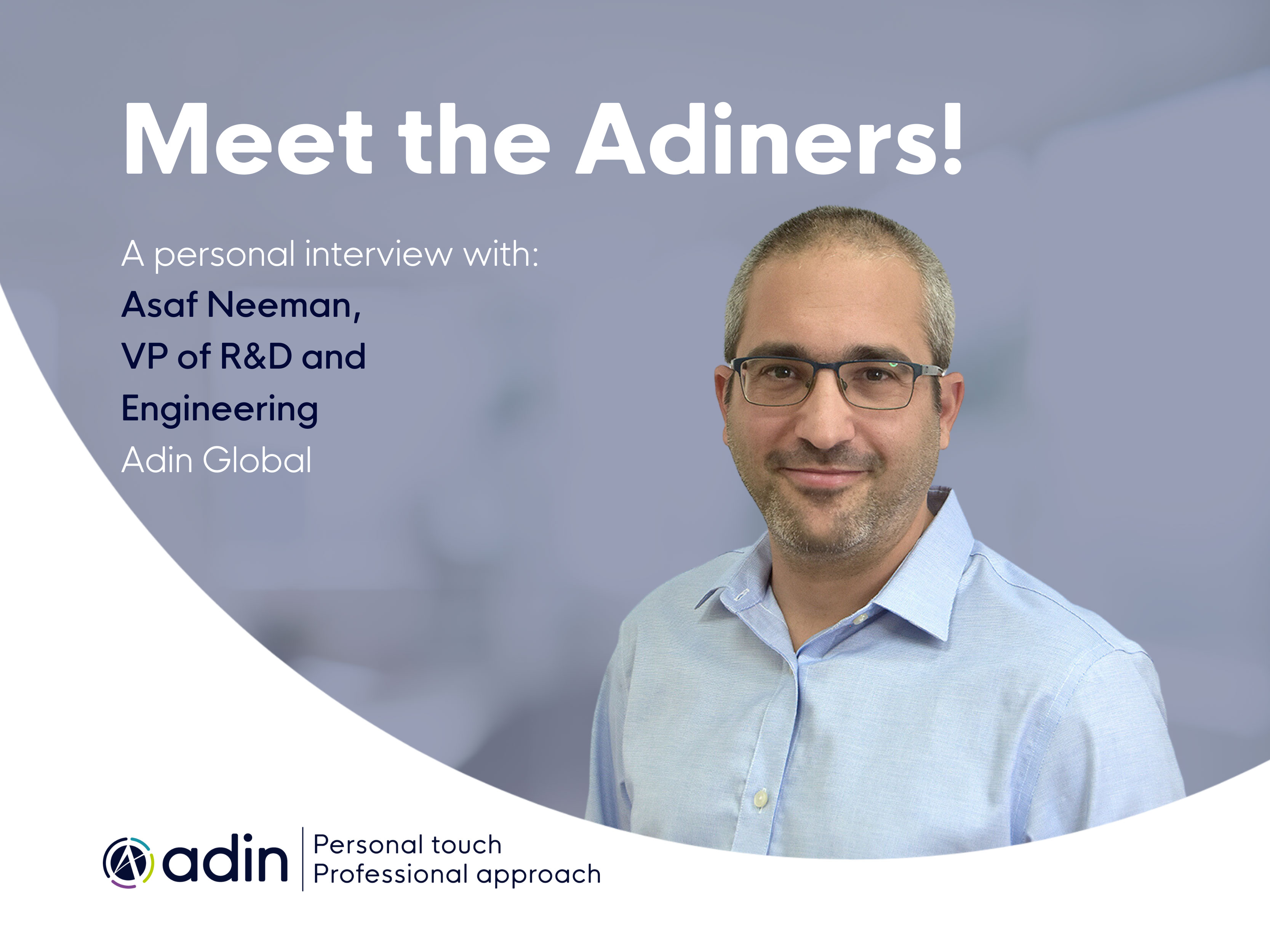


Leave a Comment